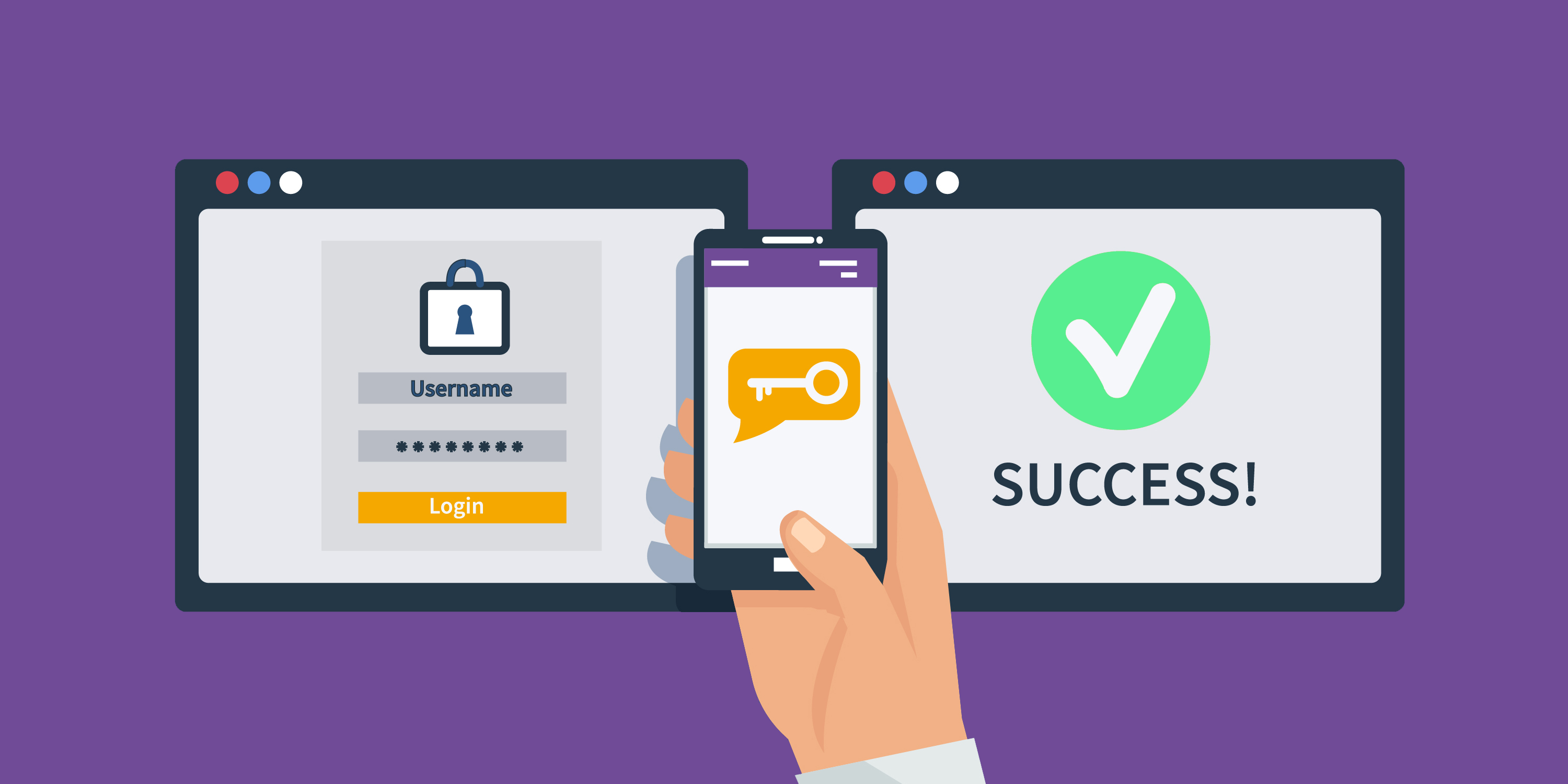
Multi-factor Authentication
All staff, students and others with University IT access are required to set up and use Multi-factor Authentication (MFA). MFA helps to protect the University and its people from the risks of cyber attacks.
What is MFA?
MFA is a secure sign-in process which requires users to provide a second verification factor to access key IT systems and applications. This means that as well as entering your IT username (e.g. ano123@sussex.ac.uk) and password when you log on to University systems, you will be prompted to enter a code that will be generated via an app on your smartphone.
Why does the University of Sussex use MFA?
Large, research-orientated institutions like Sussex are a common target for cyber criminals. Using MFA helps to protect Sussex’s IT systems, data and users from cyber-attack.
How does MFA at Sussex differ to MFA for banking and shopping applications?
To provide the maximum level of security for our users Sussex does not allow MFA codes to be sent via text/SMS. Therefore, users need to generate a code via an authenticator app downloaded to their smartphone.
How to set up MFA
The authenticator app we recommend using is Okta Verify. However, IT Services also supports the use of Microsoft Authenticator and Google Authenticator. If you already have these installed on your phone there is no need to re-install. Please follow the instructions below for how to set up your chosen authenticator app:
What if I don't have a smartphone?
If you don’t have a smartphone, please contact the IT Service Desk by visiting the ITS Help Page.

Updated on 14 May 2025